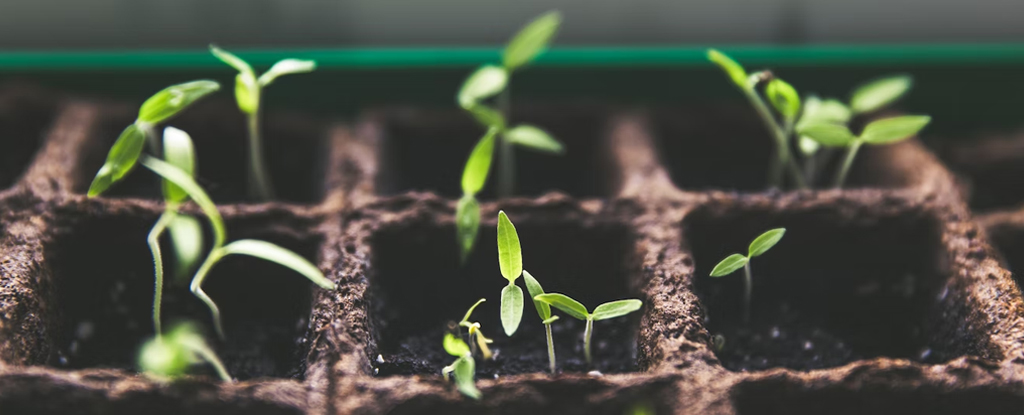Products You May Like
While it is certainly true that plants need CO2 to thrive, it appears that even plants can overdo it.
Our CO2 habit is gradually making it harder for plants to absorb the vital nutrients they need to grow, the same nutrients that we rely on them to obtain.
This is what a new review of past and current research has concluded from both experimental and natural data.
“What is clear is that the nutrient composition of the main crops used worldwide, such as rice and wheat, is negatively impacted by the elevation of CO2,” explains molecular biologist Antoine Martin from the French National Centre for Scientific Research. “This will have a strong impact on food quality and global food security.”
While the use of CO2 in photosynthesis supplies plants with their sugars, most plants use their roots to collect other nutrients – including nitrogen, phosphorus, and iron – in the soil.
“There are many reports in the literature showing that the CO2 levels expected at the end of the 21st century will lead to a lower concentration of nitrogen in most plants, mainly affecting the protein content in plant products,” says biologist Alain Gojon of France’s National Research Institute for Agriculture, Food and the Environment.
Researchers first noticed this phenomenon under experimental conditions more than 20 years ago but it has now been established in the natural environment as well.
Long-term studies on forests reported declines in the minerals found in foliage, and archived plant samples from a century ago have higher nutrient content than today’s equivalents.
What’s more, plants already growing in locations with naturally higher atmospheric CO2 – like by volcanoes – have decreased nitrogen levels compared to those nearby with lower CO2 levels.
“Two main nutrients that are essential for human nutrition may be affected by this phenomenon,” explains Gojon. “The first one is proteins built from nitrogen. In developing countries, this can be a big issue, because many diets in these countries aren’t rich in proteins, and plants grown at elevated CO2 can have 20 to 30 percent less protein. The second one is iron. Iron deficiency already affects an estimated 2 billion people worldwide.”
If increases in CO2 reduce nutrients at their source, it’s unlikely to be the only factor. And a simple explanation of nutrient supplies being unable to keep up with the faster growth in carbon biomass doesn’t cover it, either.
Something else has to be going on, but all we have so far are a few intriguing hypotheses. The main suspect, particularly for nitrogen deficiency, is that the excess CO2 interferes with the physiology involved in plants’ nutrient transport systems.
How, exactly, is still being debated with research so far presenting conflicting results.
The researchers call for urgent investigations into the mechanisms involved.
“CO2 is an environmental change that plants have not had to face for at least 3 million years,” the team explains in their paper. “It may then be postulated that, unlike other abiotic constraints (hydric stress, temperature, nutrient starvation), there has been no selection pressure to drive the emergence and conservation of adaptive responses.”
It’s bad news for us all, as plant growth is one of the very few proven methods of drawing down CO2 – something we urgently need to accomplish now to slow down climate change.
While initial increases in CO2 have so far encouraged more vegetation growth during the last 40 years, these nutrient limits will slow down global vegetation’s ability to draw down carbon during this century, the Gojon and team warn.
However, as there does appear to be some variation between different plant strains and their levels of nutrient loss we may be able to use genetics to help mitigate the problem, the researchers suggest.
“Understanding the causes of the negative impact of elevated CO2 on plant nitrogen nutrition will not only help in securing the nutritional quality of crops but will also contribute to increasing crop productivity and mitigating climate change,” Gojon and colleagues conclude in their paper.
This research was published in Trends in Plant Science.
